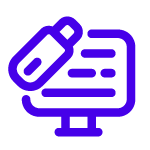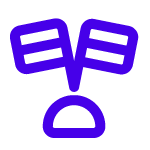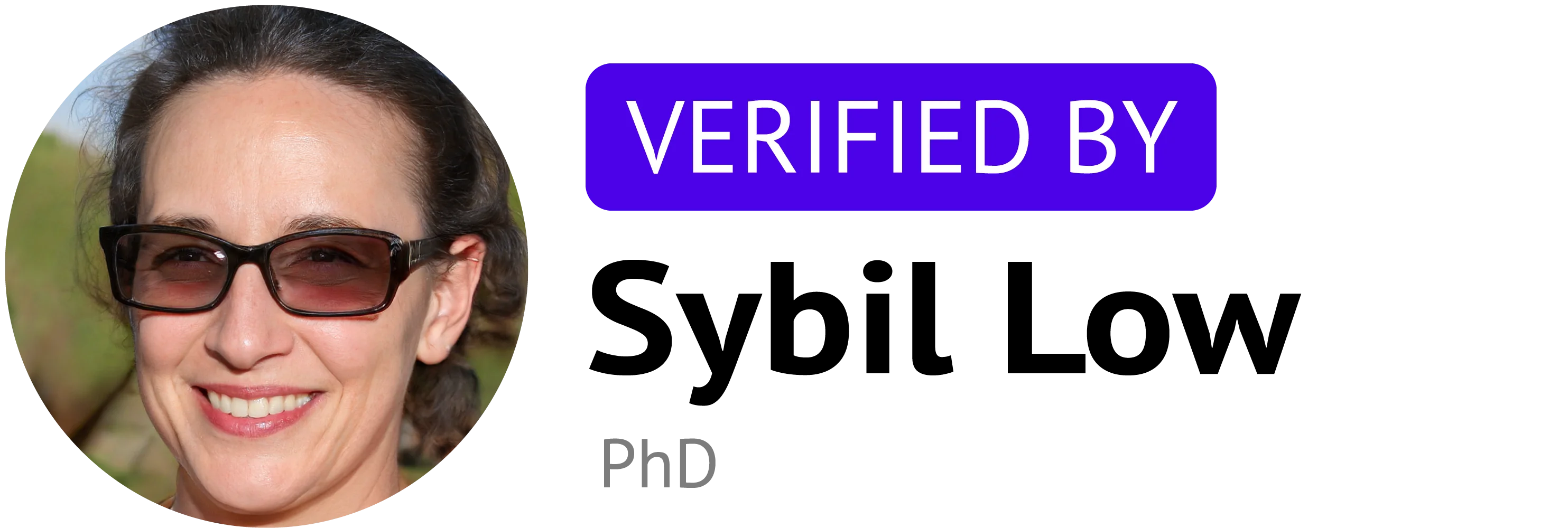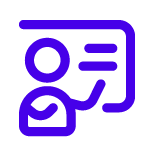
Detailed Originality Report
Our AI Plagiarism Checker provides a detailed breakdown of your work’s originality. Get an overall similarity score: if unoriginal content is detected, we will highlight identical and changed text, provide percentages, and link the online sources it was pulled from.

No False Positives
Our plagiarism check goes beyond basic detection because it was designed specifically with academic writing in mind. To avoid common false positives, we recognize and don’t wrongly flag crucial research paper elements like title pages, quotes, citations, and references.

Anti-Cheating Technology
Our similarity checker is equipped with anti-cheating technology that detects frequently used tricks like hidden symbols, generative paraphrasing methods, and character replacements that might slip past simpler services. Make sure your work meets the highest academic standards.
Benefits of AHelp’s Plagiarism Checker

Prevents Accidental Copying
Catches borrowed phrases when you’re working with multiple sources and lose track of the quotes.

Quick File Upload
Work with what you know: we support PDF, DOC, DOCX, RTF, ODT, and TXT file formats for upload.

Works in 7 Languages
Plagiarism Checker can help you in English, Spanish, German, Portuguese, French, Italian, and Dutch.

Available Browser Extensions
Get online help wherever you browse with our free Google Chrome and Microsoft Edge extensions.
How Does Our Free Plagiarism Checker Work?



A Plagiarism Checker Designed For Academia
Scanning written works for plagiarism is a routine step in modern academia and publishing. With AHelp’s Plagiarism Checker free tool students can fail-proof their papers before submitting them, while educators will be able to test the academic honesty of their class. We scan your uploaded documents, point out any problematic areas, and line up the sources of any borrowed or paraphrased material. Our service is well-versed in popular cheating mechanisms and won’t let them slip through, but understands academic requirements like citations and won’t wrongly flag them. Scan texts in multiple languages and keep track of them in a personal task library. Test with 3 free credits per day for new users, and commit for unlimited access! Or check out other free tools like DnD Name Generator or Anime Name Generator for more creative tasks.

Who Can Use Our Free Plagiarism Checker?

Educators and Students
Help each other uphold academic integrity in the classroom.

Content Creators
Make sure your content is original and shines in the algorithm.

Writers and Journalists
Focus on the narrative as we make sure your voice stays unique.

Legal Professionals
Double-check all documents that come across your desk.
Check Out Other Language Versions!
When handling multiple assignments, especially in Spanish, you should still keep your work clean from plagiarism.
- 🇪🇸 Spanish
FAQ
How to check for plagiarism with the tool from AHelp?
AHelp's Plagiarism Checker allows you to copy and paste your text or upload a document in various formats. The tool scans your content against a vast database to identify similarities with existing sources. It highlights matching sections and provides a percentage score indicating the extent of potential plagiarism to improve the originality of your work.
What are the advantages of our free Plagiarism Checker?
Our free Plagiarism Checker offers several advantages: it’s user-friendly, supports multiple languages, and provides quick, accurate results. By identifying duplicated content, it helps maintain academic integrity and avoid unintentional plagiarism to elevate the overall quality of your writing.
Are there limits in using the AHelp’s Plagiarism Checker?
While AHelp's Plagiarism Checker is free to use, there may be limitations on the number of daily checks or word count per document. These restrictions guarantee fair and optimal performance for all users. For more extensive needs, consider exploring any available premium options that offer higher limits and additional features. We have other tools with no limits such as our Character Name Generator.
What types of documents can I check for plagiarism with your tool?
You can check various types of documents for plagiarism using our tool, including essays, research papers, articles, and reports. Supported file formats include PDF, DOC, DOCX, RTF, ODT, and TXT. This flexibility allows you to reach originality in different documents across academic and professional contexts.
